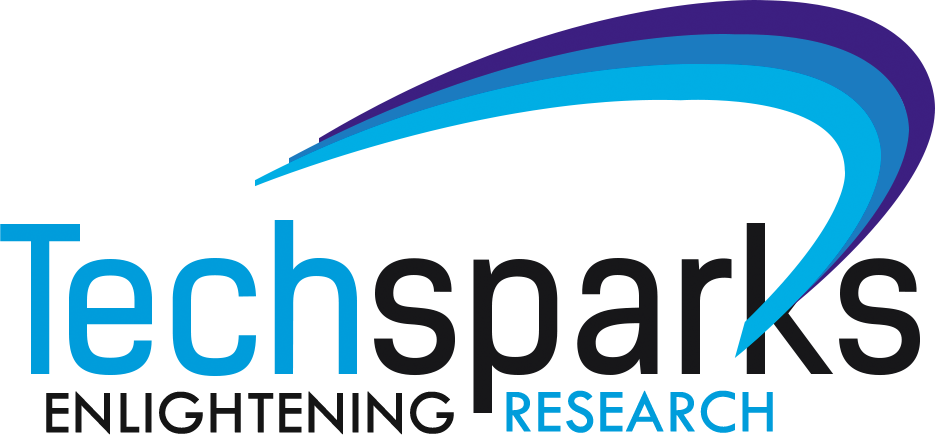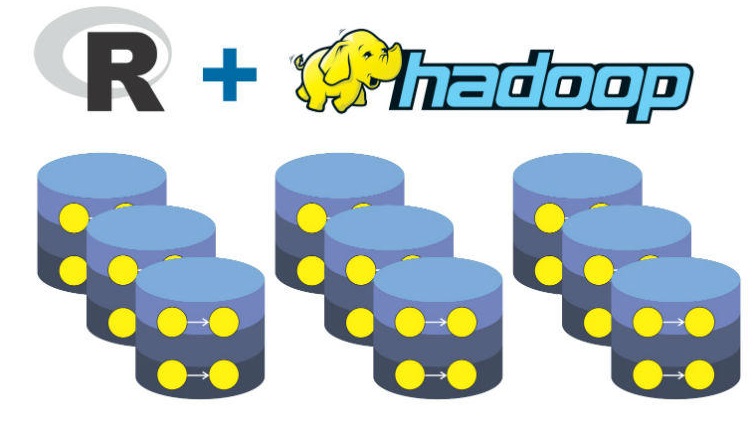Big Data with R
Big Data
Big Data refers to the large volume of data which may be organized or unorganized. This big data is essential for large organizations and businesses for valuable insights to determine futuristic trends. Thesis in Big Data with R is a hot choice. There are various thesis and dissertation topics and ideas in Big Data on which thesis can be done. Big Data is defined in terms of 3Vs which are as follows:
Volume – Volume refers to the quantity and amount of data and this data is increasing day by day. Facebook has more number of users than the entire population of China. Its data is also huge. The data is in the form of images, music, videos and all such stuff.
Velocity – Velocity refers to the rate at which the data is generated. Again taking the example of Facebook, a huge amount of data is uploaded, shared each second on Facebook. People on social media want new information and content each time they log in to social media. Old obsolete news and information do not matter to them. Thus new information is shared at every second on social media.
Variety – Coming to the third V of Big Data i.e. variety. Variety means a diverse type of data. There are multiple formats of data that can be stored. The data can be in the form of image, video, text, pdf or excel. Big Data has a big challenge of managing this different type of data. An organization needs to arrange similar format of data together in order to extract important information out of that.
Why is Big Data Analytics important?
Big Data and its analytics are important on account of the following reasons:
- Reduction in Cost – Big Data Analytics offer cost advantages using technologies like Hadoop and Cloud Computing. These technologies help in storing and managing a large amount of data.
- Better Decision making – Using Hadoop and analytics, organizations and businesses are able to make better and faster decisions by analyzing different sources of data.
- New services and product development – With the help of big data analytics, companies can measure customer behavior and needs. Using these parameters, companies can launch new products and services that will satisfy user needs.
R Programming Language
R is an open-source programming language and software environment for statistical study, graphical representation, and reporting. The R language is extensively used by statisticians and data miners for data analysis and software statistics. Robert Gentleman and Ross Ihaka are the two authors of this language. The language is named ‘R’ from the first letter of the name of these authors.
R software environment’s source code is written mainly in C, FORTRAN, and R language. R is a GNU Package and is freely available under GNU General Public License.
What is GNU?
GNU is an acronym for “GNU’s Not Unix!” It is an operating system and is a collection of computer software. Its design is like UNIX but it differs from UNIX in the sense that it is a free software and do not contain any UNIX code in it.
Features of R
R programming language has the following main features:
- It is a simple and well-defined programming language that includes conditions, loops, and recursive functions.
- It has data handling and data storage facility.
- It provides operators for array, matrices and vector calculations.
- It provides integrated set of tools for data analysis.
- It also provides static graphics to produce dynamic and interactive graphs.
Basic Syntax of R
For working with R, you first need to set up the environment for R. After the R environment is set, you are ready to work with R command prompt. To start the R command prompt, type the following command:
$ R
R interpreter will be launched where you will type your program with prompt > as follows:
Mystring <- “Hello World!”
Print(Mystring)
[1] “Hello World!”
R Script File
The programs are written in script files and then executed at the command prompt using R interpreter called Rscript.
In R language, variables are assigned R-Objects which are as follows:
- Vectors
- Lists
- Matrices
- Arrays
- Factors
- Data Frames
Working with Big Data in R
R language has been there for the last 20 years but it gained attention recently due to its capacity to handle Big Data. R language provides series of packages and an environment for statistical computation of Big Data. The project of programming with Big Data in R has developed a few years ago. This project is mainly used for data profiling and distributed computing. R packages and functions are available to load data from any source. Hadoop and R professionals can guide M.Tech and other masters students for their thesis and research work.
Hadoop is a Big Data technology to handle a large amount of data. R and Hadoop can be integrated together for Big Data analytics.
Why integrate R with Hadoop?
R is a very good programming language for statistical data analysis and to convert this data analysis to interactive graphs. Although R is preferred programming language for statistics and analysis, there are some drawbacks of this language also. In R programming language, a single machine contains all the objects in the main memory. The Large size of data cannot be loaded into the RAM memory. Also, R is not scalable and this cause only limited amount of data to be processed at a time. For this case, Hadoop is a perfect choice.
Hadoop is a distributed processing framework to perform operations and handle large datasets. Hadoop already is a popular framework for Big Data processing and integrating it with R will work wonders. This will make data analytics highly scalable such that the analytics platform can be scaled up and scaled down depending on the datasets. It will also provide cost value return.
How to integrate R with Hadoop?
R packages and R scripts are used by data scientists for data processing. These R packages and R scripts need to be rewritten in Java language or any such programming language that implements Hadoop MapReduce algorithm to use these scripts and packages with Hadoop. A software written in R language is required with data stored on distributed storage Hadoop. Following are some of the methods to integrate R with Hadoop:
- RHADOOP – It is the most commonly used solution to integrate R with Hadoop. This analytics solution allows a user to directly take data from HBase database systems and HDFS file systems. It also offers the advantage of simplicity and cost. It is a collection of 5 packages to manage and analyze data using programming language R. Following are the 5 packages:
- Rhbase – This provides database management functions for HBase within R.
- Rhdfs – This package provides connectivity to Hadoop distributed file system.
- Plyrmr – This package provides data manipulation operations on large datasets.
- Ravro – This allows users to read and write Avro files from HDFS.
- Rmr2 – This is used to perform statistical analysis on data stored in Hadoop.
- RHIPE – It is an acronym for R and Hadoop Integrated Programming Environment. It is an R library that provides users the ability to MapReduce within R. It provides data distribution scheme and integrates well with Hadoop.
- R and Hadoop Streaming – Hadoop Streaming makes it possible for the user to run MapReduce using an executable script. This script reads data from standard input and writes data as a mapper or reducer. Hadoop Streaming can be integrated with R programming scripts.
- RHIVE – It is based on installing R on workstations and connecting to data in Hadoop. RHIVE is the package to launch Hive queries. It has functions to retrieve metadata from Apache Hive like database names, column names, and table names. RHIVE also provides libraries and algorithms in R to the data stored in Hadoop. The main advantage of this is parallelizing of operations.
- ORCH – It is an acronym for Oracle Connector for Hadoop. It allows users to test MapReduce program’s ability without any need of learning a new programming language.
Considering all this, a combination of R and Hadoop is a must to work with Big Data for faster, better, and predictive analytics along with performance, scalability, and flexibility.
Strategies of Big Data in R
Big Data can be tackled with R with the following strategies:
- Sampling – The size of data can be reduced using sampling if it is too big to be analyzed. Sampling also decreases the performance in some cases.
- Bigger Hardware – R keeps all the objects in a single memory. The problem occurs if the data is very large. To resolve this issue, machine’s memory can be increased and Big Data can be handled easily.
- Storing objects on hard drive – Instead of storing data in memory, data objects can be stored on a hard disc using packages that are available. This data can be analyzed block-wise which leads to parallelization. This can be performed with only those algorithms that are specifically designed for this purpose. ‘FF’ and ‘ffbase’ are the main packages for this purpose.
- Integration of high performing programming languages – For better performance, high performing programming languages can be integrated with R. Small components of the program are transferred from R language to another language to prevent any risks. In order to implement this strategy, developers need to be efficient in some other programming language like Java and C++.
- Alternative Interpreters – To deal with Big Data, alternative interpreters can be used. One such interpreter is pqR(pretty quick R). Another alternative is the Renjin which can run on the JVM(Java Virtual Machine).
Thesis and Research Topics in Big Data with R
Following is the list of thesis, dissertation, and topics in Big Data implemented with R:
- Hadoop
- MapReduce
- Big Data Strategies in R
- R Integration with Hadoop
- GNU Package






Leave a Reply